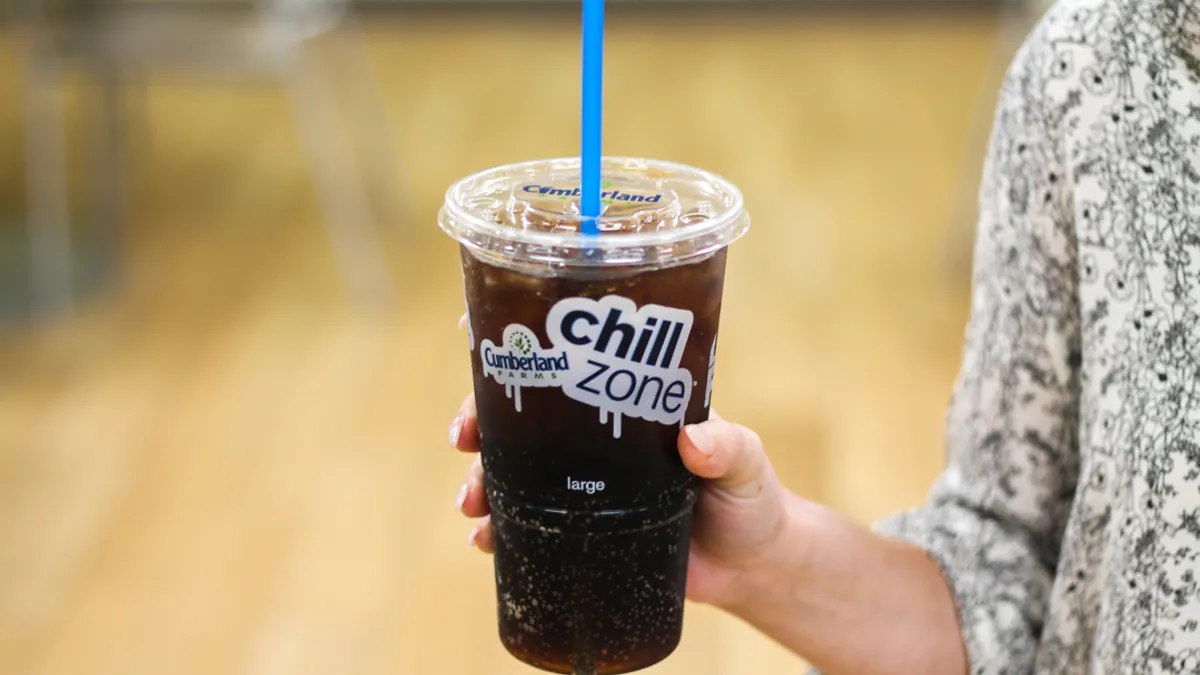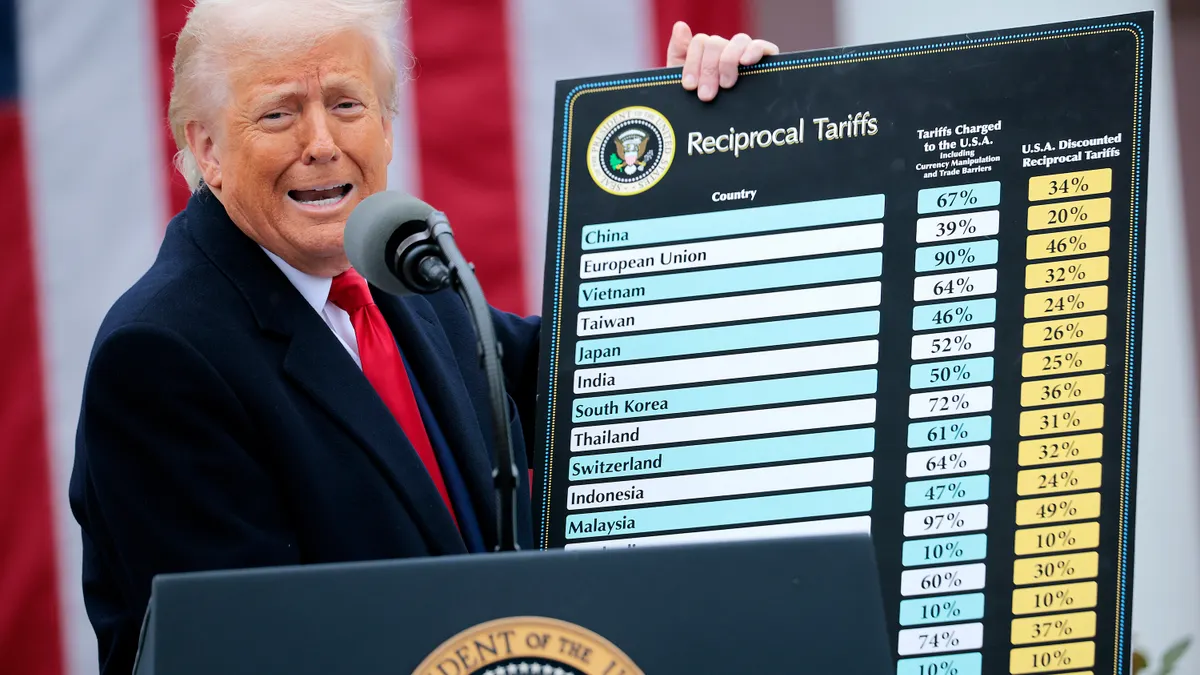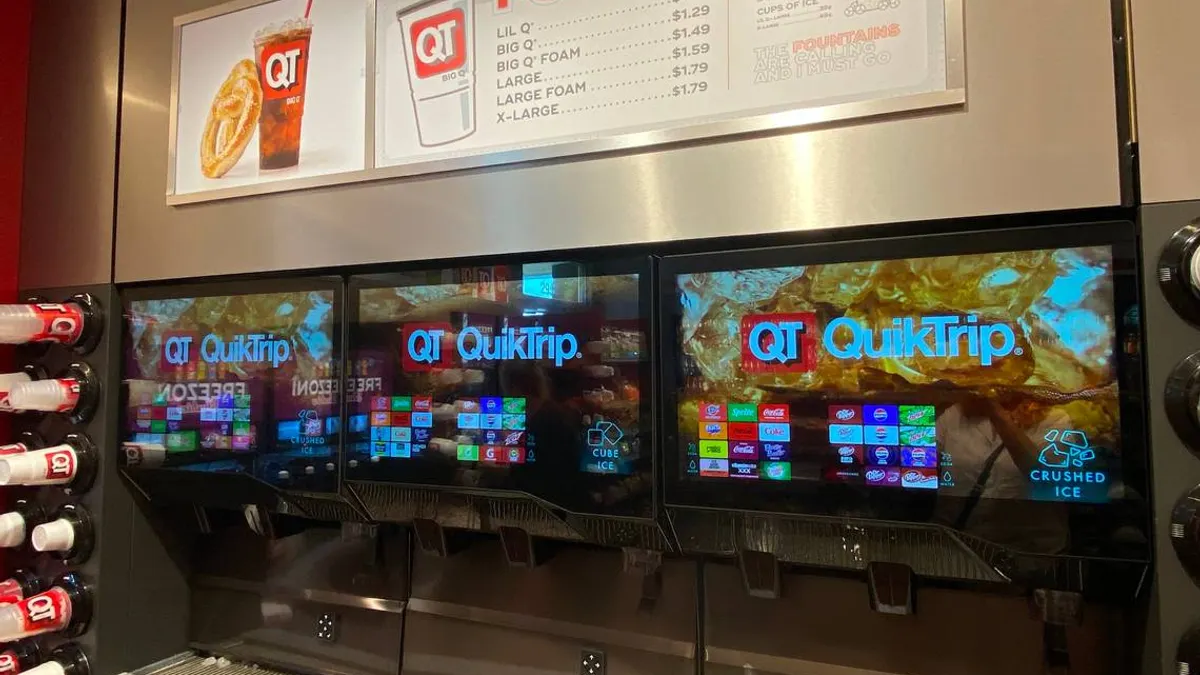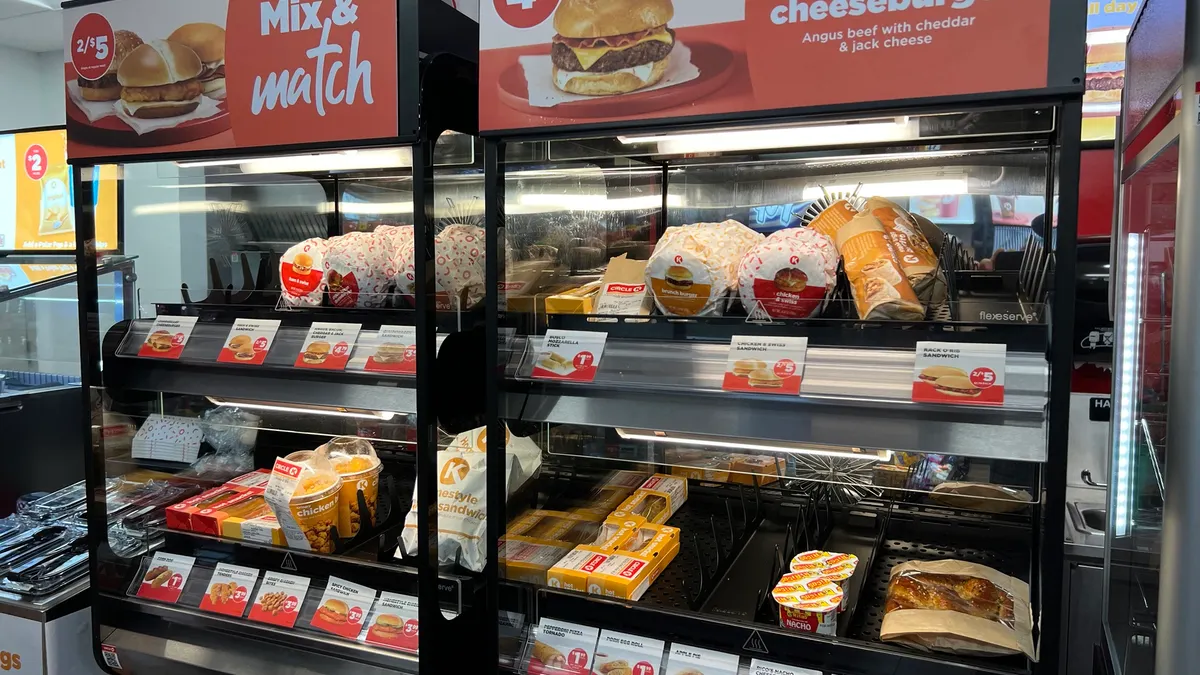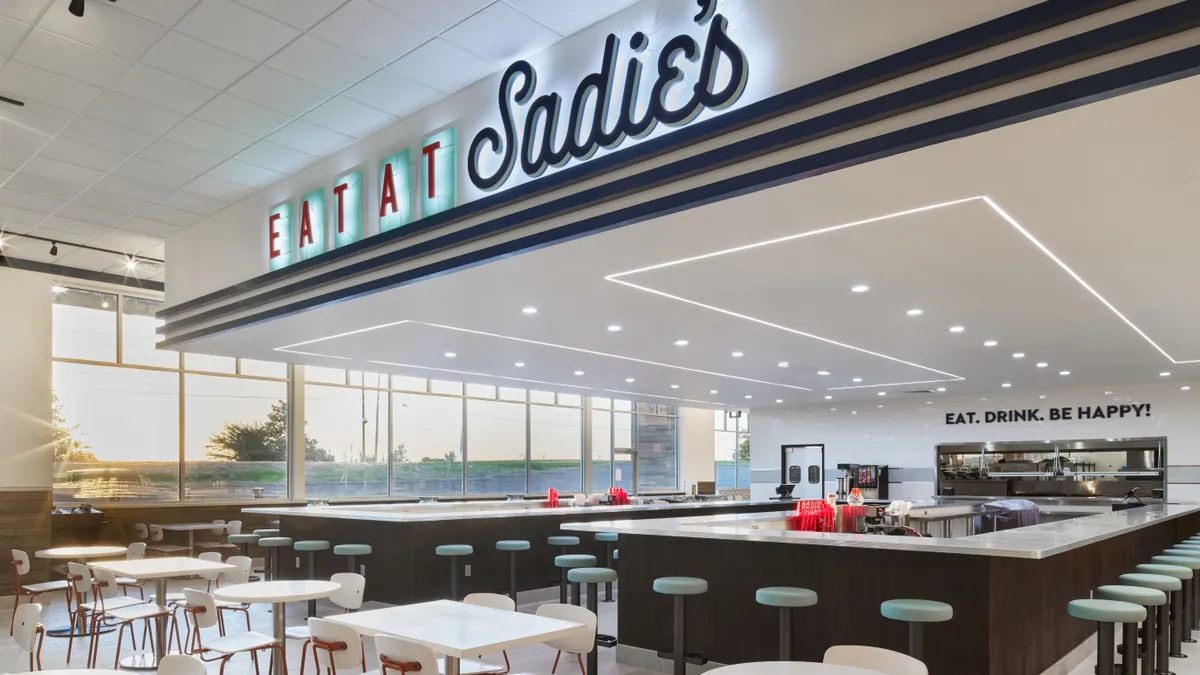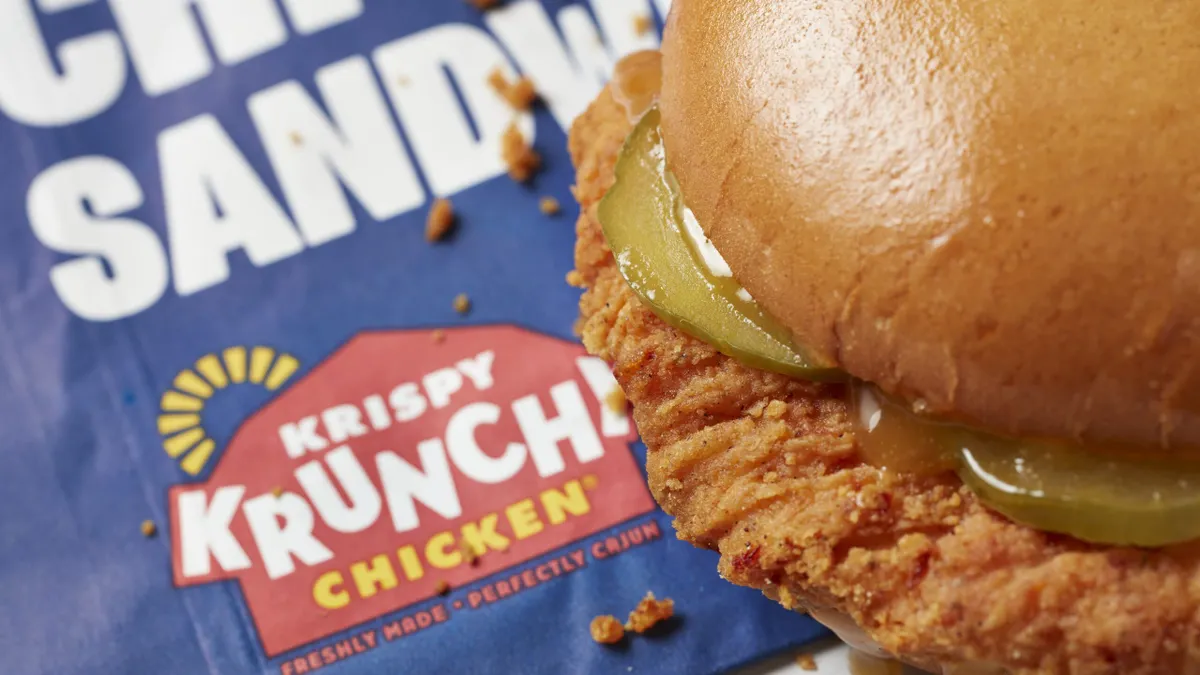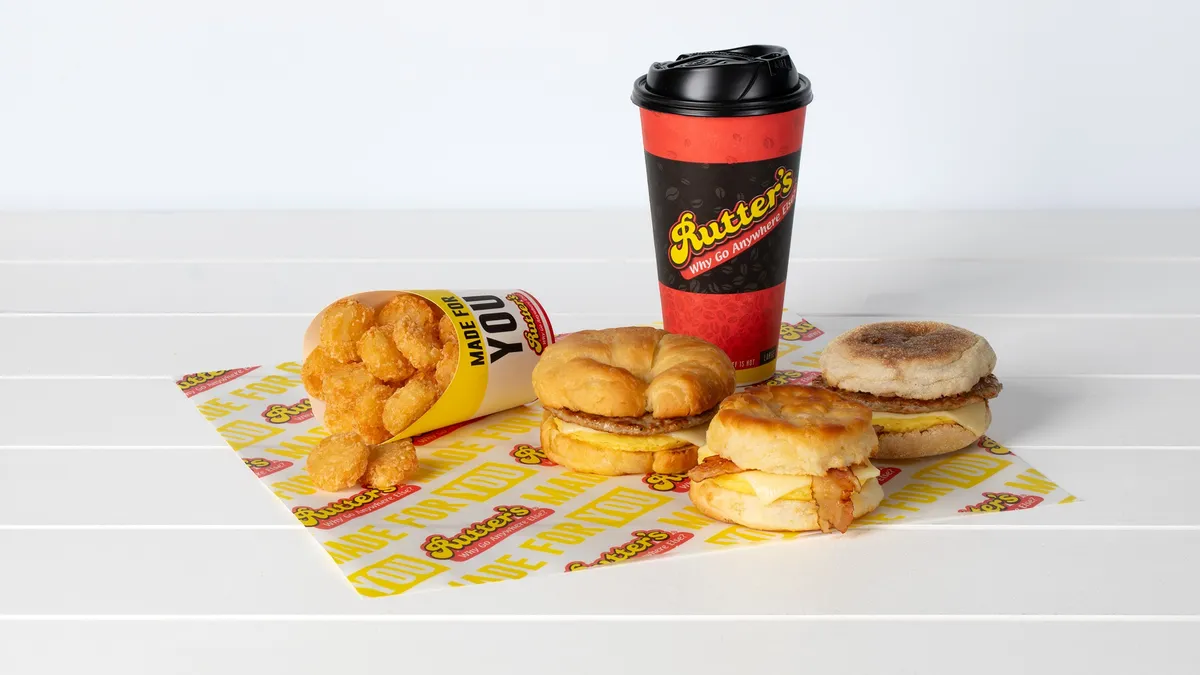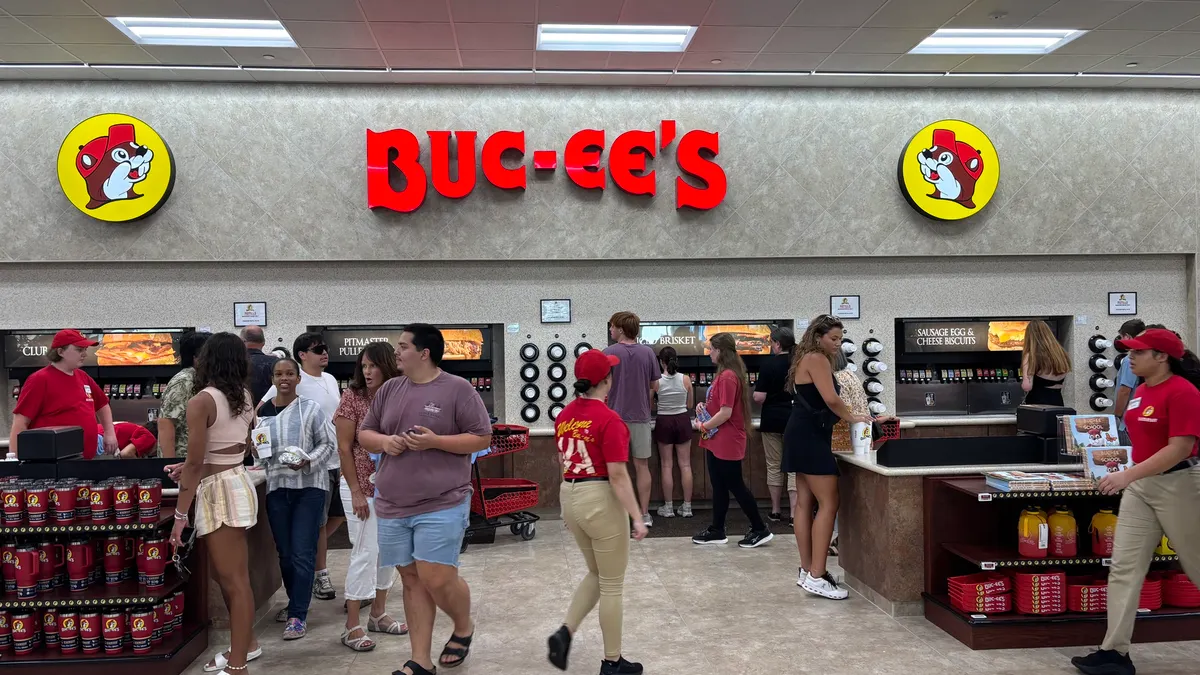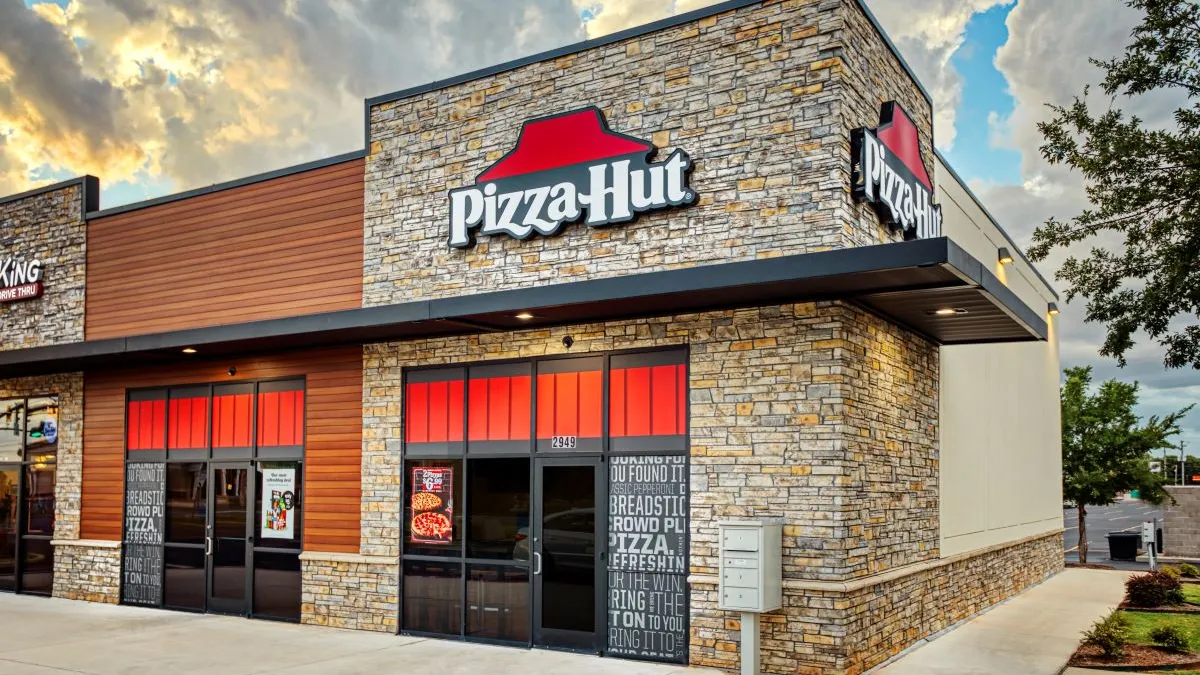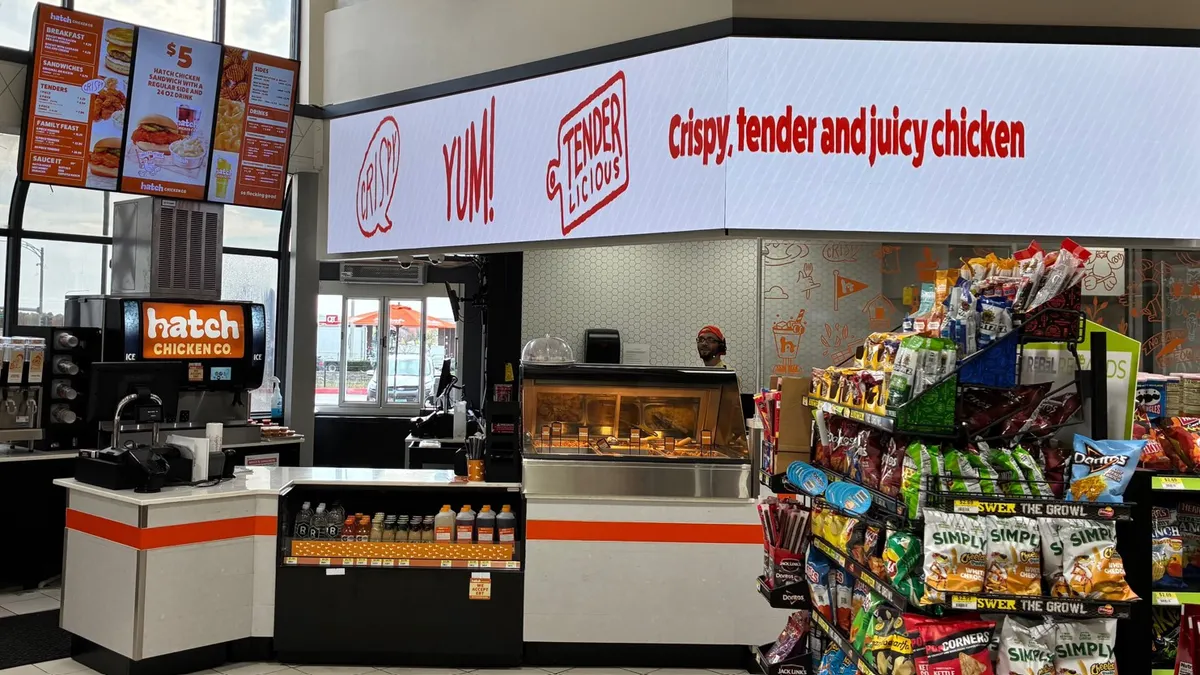How to Perfect is a regular series that looks at how retailers can further improve store operations in key areas.
C-store dispensed beverage programs have been innovation hotspots in recent years. From hot new coffee lines and LTOs to expanded soda lines and exciting marketing programs and exclusives, there’s a lot to draw customers in.
“In every [NACS consumer] survey, a majority of customers say they are coming inside to purchase a beverage,” said Jeff Lenard, vice president of media and strategic communication for NACS.
Be it coffee or soda, many c-stores have some form of dispensed beverage program. But how can retailers with basic programs take them to the next level?
First, industry experts say, they need to make sure they have the basics down pat. That starts with cleanliness, which means more than just spill-free floors and countertops. It also means cleaning the machines regularly and thoroughly.
Lenard noted that one Midwest retailer, which he declined to name, has become a destination for dispensed sodas even though it sells the same brands as the competition.
“Customers believed that their version was better — and a lot had to do with maintenance," Lenard said.
It’s also important to offer a variety of drinks. John Notte, sales director for Appliance Innovation, which makes dispensed beverage machines, pointed to recent National Coffee Association data showing nearly half of shoppers buy specialty coffee daily.
“Think about if I said you're missing half your gas customers,” said Notte. The program should also not only be competitively priced, but also tied into the store’s loyalty program, added Shauna Seidenberg, category manager for dispensed beverage and fresh pastry for EG America.
Once all that’s in place, here are a few other steps retailers can take to improve their beverage programs.
Personalization is key
Giving customers easy ways to customize their drinks is one simple way to enhance a beverage program — “especially when it comes to coffee,” said Seidenberg.
Some c-stores offer an array of syrup bottles, sweeteners and creamers and allow customers to design their own drinks by hand.
Others can go more technological. For instance, the tea machine Appliance Innovations designed for QuikTrip, as well as the Coffee of the Future machine for 7-Eleven, automatically add condiments to drinks.
Both Seidenberg and Lenard agreed that however retailers approach condiments, it’s vital to keep that area clean and stocked, to give customers a top-notch experience.
“We’re always assessing the right balance between offering enough choice to delight our guests and maintaining a clean, easy-to-navigate setup,” said Seidenberg.
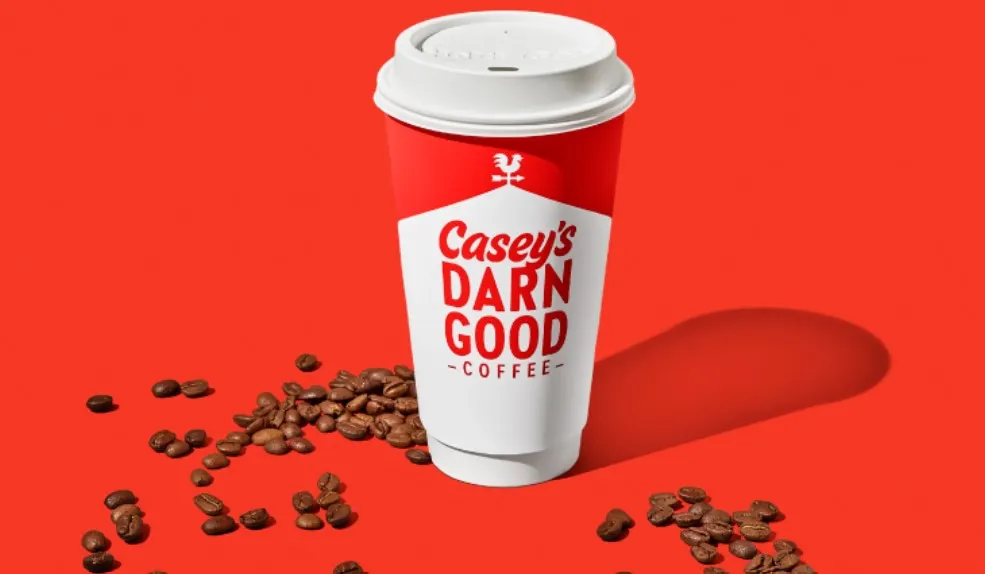
Hot and cold programs
While it may sound trite, it’s important not to get too complacent about updating a beverage program. As trends come and go and tastes change, time can turn a great program into an uninspiring one.
Take coffee, for example. While a pot or carafe of coffee on a burner was an acceptable program years ago, now fresher brews and bean-to-cup machines are the norm, said Andrew Campbell, SVP of sales and marketing for Appliance Innovation.
For EG America, high-quality coffee at an affordable price is “core to our identity and is an area where we continue to evolve and innovate,” said Seidenberg. She noted that when the retailer selects new roasts, its process includes “guest feedback, flavor testing, and trend analysis, among other factors” to make sure their selections are what customers want.
Adding iced coffee can appeal to different demographics. It’s particularly popular among younger shoppers, and between 35% and 40% of these customers preferred iced coffee year round, according to data from Brisk Coffee Roasters.
“Younger customers tend to seek out the cold beverages, and they are willing to pay more for them,” said Lenard. “It’s a great opportunity to attract the next generation of customers and add margin.”
Making frozen beverages stand out
While frozen drinks may not be as ubiquitous as coffee or soda, they still have a big place in convenience retail.
The obvious example is 7-Eleven’s iconic Slushee, but frozen beverages can be found all around the industry, from Circle K’s Frosters to EG America’s Hyperfreeze to branded programs that can be implemented in any store, like Icee or F’real shakes.
Playing on consumers’ nostalgia for these chilled drinks can be a potent marketing tactic.
“Who doesn’t have great memories of buying frozen dispensed?” said Lenard. “Recapturing those memories could be a way to attract more adults to the frozen dispensed area.”
EG America takes some advantage of that, putting care into bright and eye-catching signage for the company’s Hyperfreeze program.
“We … want the frozen beverage area to feel like an experience and a destination,” said Seidenberg.
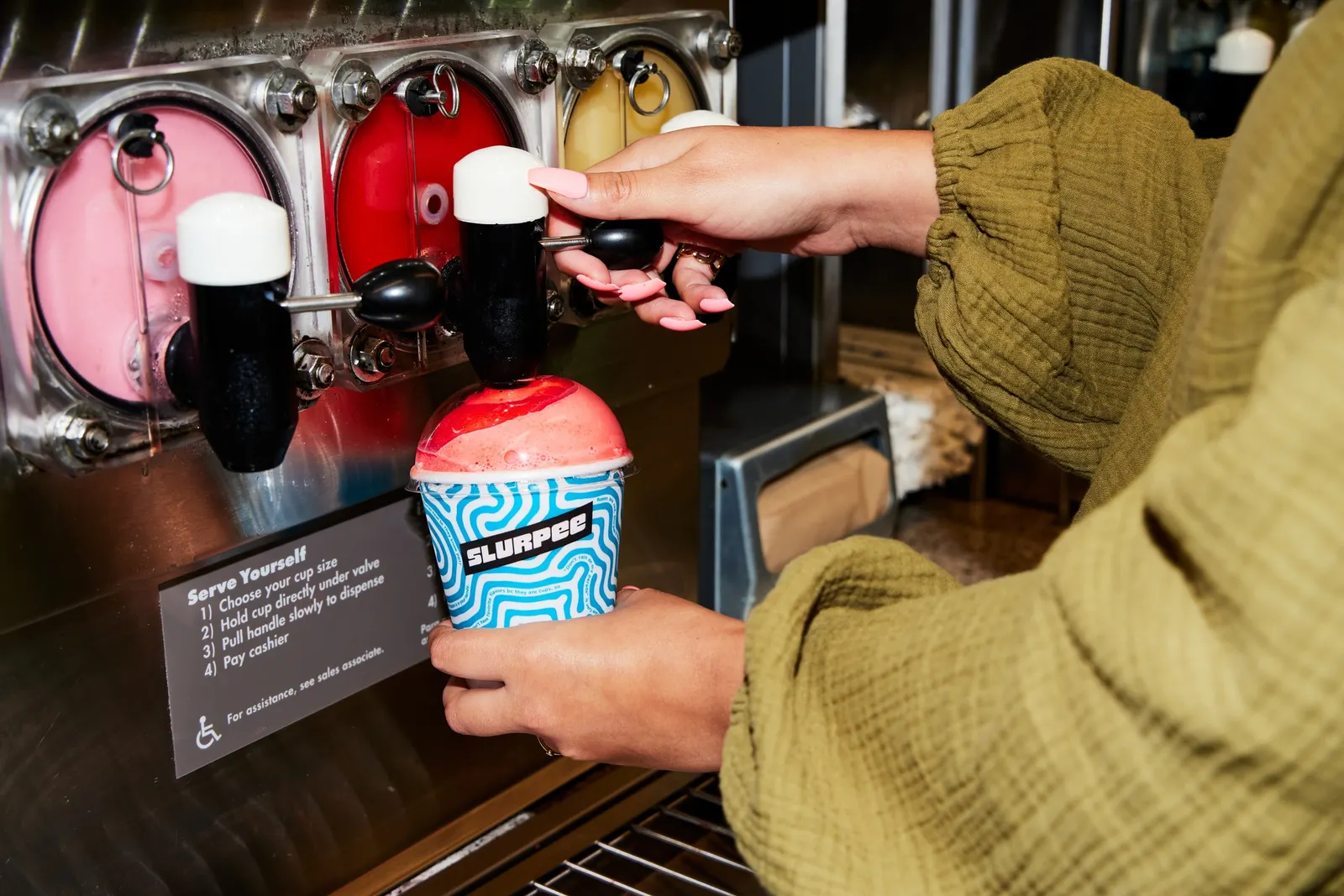
Unique flavors
From soda to coffee to frozen drinks, having a must-have flavor can push a retailer from an acceptable watering hole to a must-stop location. 7-Eleven, for example, regularly rolls out new flavors from coffee to Slurpees, and seems to start pumpkin spice season earlier every year.
QuickChek is also well known for its beverage innovations and unique flavors. It offers a monthly coffee LTO, bringing customers flavors like ube vanilla and Boardwalk Blend, which the company says tastes like “summer and s’mores.”
Cumberland Farms, EG America’s largest banner, regularly offers coffee LTOs that highlight different regions, like Guatemala, Costa Rica and Rwanda.
Seidenberg said EG America’s Hyperfreeze program includes both a rotating lineup of regular flavors like cherry or blue raspberry and more “adventurous” selections like Cotton Candy Commander and Citrus Kick.
“Our stores are encouraged to regularly swap out which flavors they offer to keep it exciting and fresh for our guests,” she added.
Exclusive flavors from national brands can give a drinks program a leg-up. For example, Circle K has sold multiple exclusive Mountain Dew flavors, sometimes also offering them in frozen form.
Some retailers also share recipes for their well-known beverages. EG America offers recipes for drinks like “Dirty Dr. Pepper,” which combines Dr Pepper, a lime flavor shot from the soda dispenser and a coconut flavor shot from the coffee mix-in area.
Other ways to boost interest
When introducing unique flavors, offering samples or pricing incentives can help drive trial, Lenard said.
When Casey’s rolled out its Darn Good Coffee program earlier this year, loyalty members all got a free cup of the new brew to try to win them over.
Another useful tactic is involving dispensed drinks in loyalty rewards or bundled deals. Offering a coffee and breakfast sandwich or slice of pizza with a fountain drink, for example, can draw in value-conscious customers to the program.
The containers for drinks can offer another way to differentiate.
“Seasonal cup designs or branded cups can help create a more fun and premium feel,” said Seidenberg.
And whatever a retailer does, they need to make sure the signage touts the program appropriately, said Lenard.
“Make sure it’s easy for them to find what they want – or to try something new.“


